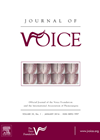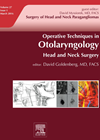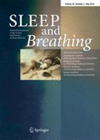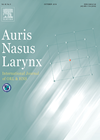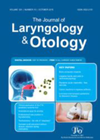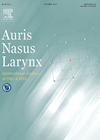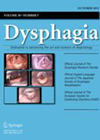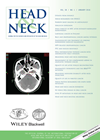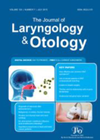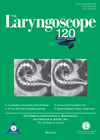
Journal Reviews
In-office KTP laser excision of a vocal process granuloma
The KTP laser is increasingly being used in an outpatient setting – particularly in North America – to treat various laryngeal pathologies including papillomas, leukoplakia, dysplasia and vascular lesions. This article reports the use of the KTP laser in the...
Imaging and embolisation of paragangliomas
Paragangliomas are rare tumours within the head and neck and any article which succinctly jogs the memory with respect to their existence and subsequent accurate diagnosis is welcome. This article concisely explains the imaging techniques used to diagnose these tumours...
Effectiveness of oral pressure therapy in obstructive sleep apnoea: a systematic analysis
Oral pressure therapy (OPT) is a relatively new form of therapy for obstructive sleep apnoea (OSA). Paradoxically it seems to work even though it creates a vacuum in the oral cavity as opposed to the gold standard of continuous positive...
What are the non-inflammatory causes of a conductive loss?
This retrospective study looked at patients with an intact tympanic membrane with non-inflammatory causes – i.e. otitis media and cholesteotoma. They document their findings based on exploratory tympanotomy. They operated depending on the findings with either a stapedectomy or a...
Division of tongue tie helps breast feeding
The need for frenotomy in children with tongue tie is not universally accepted. It is however understood that among other problems, such as impaired speech, tongue tie impedes breast feeding possibly leading to early weaning. Therefore, with recent resurgence of...
A comparison of cold dissection, coblation and diode laser tonsillectomy
Excellence in tonsillectomy is based on the time taken, blood loss and rapid recovery with minimal pain. In this study, 120 children underwent tonsillectomy by three methods, namely cold dissection, coblation and diode laser dissection in three randomly allocated groups...
Prognostic factors for myringoplasty
This retrospective study looked at the factors that were associated with a higher success rate for tympanic membrane perforation closure. The authors looked at 247 procedures. They compared the results of temporalis fascia versus tragal cartilage. The cartilage grafts had...
Risk factors for post laryngectomy fistula
This is a meta-analysis looking at the postoperative pharyngocutaneous fistula rates following total laryngectomy. The authors ended up with 34 studies with about 2500 patients. The most striking finding was that preoperative radiotherapy was a significant risk factor as well...
Changes in swallowing function after thyroidectomy
Evaluation of functional impact following thyroidectomy tends to be focused on voice quality. The aim of this study was to document early (seven days postoperatively) and late changes (60 days postop) in swallowing function after thyroidectomy. A preoperative naso-endoscopic evaluation...
Risk factors for TORS treatment failure in HPV-related oropharyngeal cancers
HPV-related squamous cell cancers are an increasingly common cause of malignancy in the oropharynx. There is evidence that these cancers are associated with a significantly improved overall survival compared to conventional HPV-negative tumours. The optimal treatment for such cancers is...
Influence of atmospheric conditions on post tonsillectomy secondary haemorrhage
Haemostasis in epistaxis and a good few other conditions outside the field of otolaryngology seem to be affected by the weather. It is generally thought that dry and hot environment encourages secondary post tonsillectomy haemorrhage. Variations in water vapour pressure,...
Surgical voice restoration after laryngopharyngectomy
Voice restoration is one of the key rehabilitative steps after laryngectomy or total laryngopharyngectomy (TLP). Patients who undergo TLP require reconstruction – increasingly commonly with microvascular free flaps. Despite their advantages in terms of fistula rates and swallowing outcomes, these...

